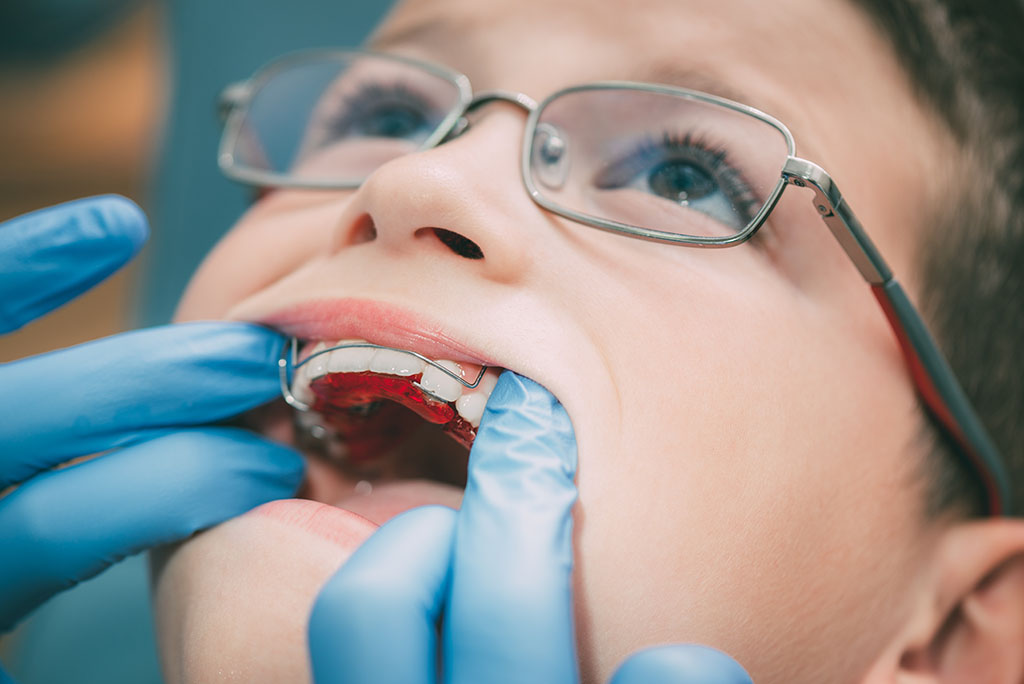Early Interventions: A Comprehensive Guide to Interceptive Orthodontics
Explore how timely orthodontic care can guide dental development, prevent issues, and support long-term oral health in children and adolescents.
Unlocking Smiles Early: The Power of Interceptive Orthodontics
When we think about braces and orthodontics, we often picture teenagers with metal brackets and wires. But what if we could prevent many orthodontic problems before they fully develop? That’s the idea behind interceptive orthodontics—an early intervention approach that can make future treatment faster, simpler, and more effective.
What Is Interceptive Orthodontics?
Interceptive orthodontics is a branch of orthodontic care focused on diagnosing and treating dental and skeletal problems in children during their early developmental years—usually between the ages of 6 to 10, when they still have a mix of baby and permanent teeth.
It’s sometimes called Phase I orthodontics, as it often precedes comprehensive treatment (Phase II) in the teenage years.
Why Early Intervention Matters
Early identification and treatment of orthodontic issues can:
Guide proper jaw growth
Correct harmful oral habits (like thumb sucking or tongue thrusting)
Improve dental arch development
Reduce the risk of trauma to protruding front teeth
Create space for permanent teeth to erupt correctly
Minimize the need for tooth extractions later on
Improve facial symmetry and appearance
By addressing problems at the right stage of dental development, interceptive orthodontics often leads to more stable and natural results.
Common Issues Treated with Interceptive Orthodontics
Crossbite – where the upper teeth fit inside the lower teeth.
Overbite or Underbite – improper alignment of the upper and lower jaws.
Severe crowding – insufficient space for permanent teeth.
Early or late loss of baby teeth – can disrupt the natural eruption sequence.
Jaw discrepancies – especially if one jaw is growing significantly faster than the other.
Popular Interceptive Appliances
Palatal Expanders: Widen the upper jaw to create more room.
Space Maintainers: Keep space open for permanent teeth after early tooth loss.
Partial Braces: Used on specific teeth to correct alignment.
Habit-Breaking Appliances: Help stop thumb sucking or tongue thrusting.
Functional Appliances: Guide jaw growth and positioning.
When Should My Child See an Orthodontist?
According to the American Association of Orthodontists, children should have their first orthodontic evaluation by age 7. This doesn't necessarily mean they’ll need braces at that age—but it allows the orthodontist to identify potential issues and develop a proactive treatment plan if needed.
Benefits for Parents and Children
Shorter and simpler future treatments
Lower overall cost
Better long-term stability
Boost in self-confidence during crucial developmental years
Enhanced speech, breathing, and chewing functions
Final Thoughts
Interceptive orthodontics is about more than just straight teeth—it’s about promoting healthy, functional smiles from an early age. For parents, this approach offers peace of mind and often less invasive treatments down the road. For children, it means fewer complications and a more confident smile as they grow.
If your child is approaching age 7 or you're noticing potential orthodontic issues, don’t wait. A timely consultation with a certified orthodontist can set them on the path to a lifetime of confident smiles.



